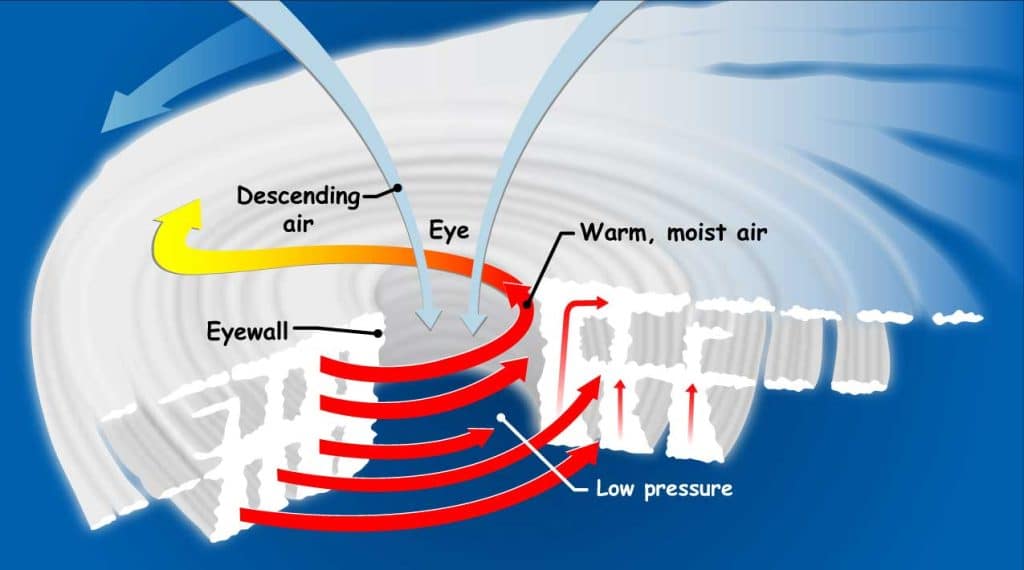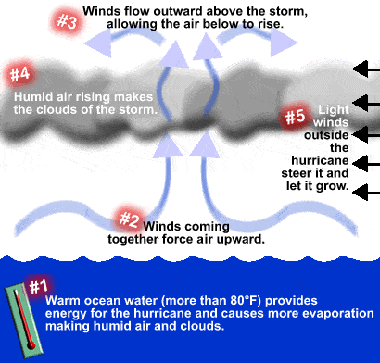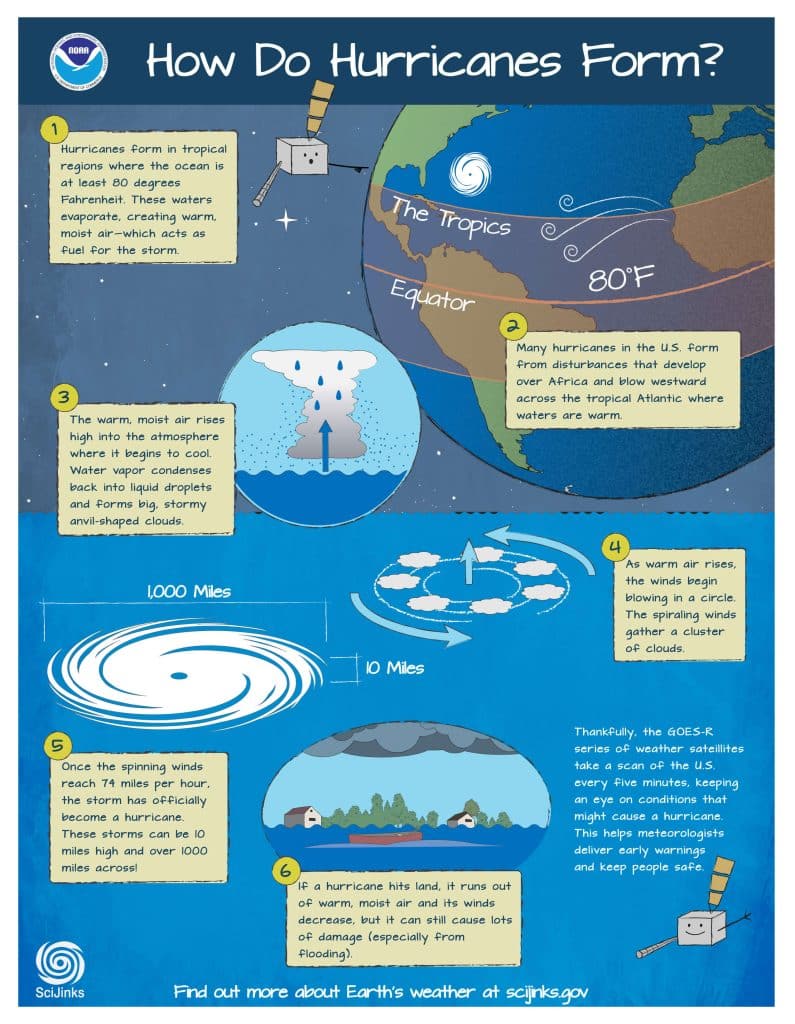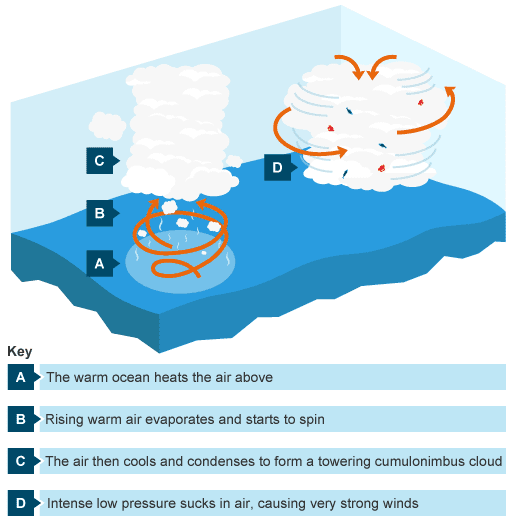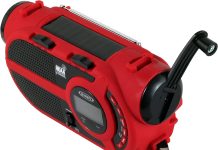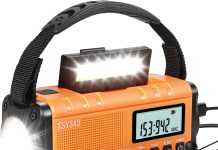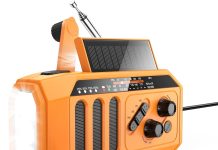When it comes to the formation of a hurricane, there is one key element that stands above all others. Picture swirling winds, towering storm clouds, and the powerful force of nature gathering strength. It’s all about the warmth, my friends. The number one thing a hurricane needs to form is the warm, tropical ocean waters. Without this crucial ingredient, the spectacle and fury of a hurricane would simply never come to be. So, let’s dive into the fascinating world of hurricanes and uncover just how these massive storms take shape.
Review contents
The Ingredients for Hurricane Formation
This image is property of gpm.nasa.gov.
Warm Ocean Waters
One of the most crucial ingredients for the formation of a hurricane is warm ocean waters. Hurricanes thrive on the energy provided by warm waters, typically with temperatures above 80 degrees Fahrenheit (27 degrees Celsius). As ocean water heats up, it evaporates and releases moisture into the atmosphere, providing the necessary fuel for the storm to grow. The warm water acts as a heat source, driving the convection currents that initiate the storm’s formation.
Moisture in the Atmosphere
Moisture in the atmosphere plays a vital role in hurricane formation. As warm ocean waters evaporate, the resulting water vapor rises into the atmosphere, carrying with it an abundance of moisture. This moisture-laden air forms the basis for the development of powerful thunderstorms within the storm system. These thunderstorms generate further evaporation, creating a continuous cycle of moisture and energy exchange that fuels the hurricane’s growth.
Low Wind Shear
To facilitate the formation and intensification of a hurricane, low wind shear conditions are necessary. Wind shear refers to the variation in wind speed and direction with height in the atmosphere. High wind shear can disrupt the vertical organization of a developing storm by tearing apart the thunderstorms and preventing the warm moist air from ascending. In contrast, low wind shear allows for the uninterrupted ascent of warm air, enabling the hurricane to maintain its structure and strength.
Coriolis Effect
The Coriolis effect plays a crucial role in the development of hurricanes. This phenomenon is a result of the rotation of the Earth on its axis, which causes the path of moving objects, including air masses, to curve. In the Northern Hemisphere, hurricanes rotate counterclockwise, whereas in the Southern Hemisphere, they rotate clockwise. The Coriolis effect provides the necessary spin for the storm system to organize and develop into a hurricane as it moves away from the equator.
This image is property of www.ec.gc.ca.
Tropical Disturbance
The initial stage of hurricane formation is a tropical disturbance. These disturbances typically arise from areas of low pressure over the warm tropical oceans. Combining the factors of warm ocean waters, moisture in the atmosphere, and low wind shear, these disturbances begin to exhibit organized convection, thunderstorm activity, and cyclonic motion. While not yet a fully-fledged hurricane, this stage sets the groundwork for further development.
Tropical Depression
As a tropical disturbance becomes more organized and exhibits sustained thunderstorm activity, it progresses to the next stage: a tropical depression. At this point, the disturbance demonstrates a closed circulation, with winds ranging between 20 and 34 knots (23 to 39 mph). While still relatively weak, tropical depressions possess the potential to strengthen significantly if they encounter favorable environmental conditions.
This image is property of www.windows2universe.org.
Tropical Storm
When the wind speeds within a tropical depression reach or exceed 35 knots (40 mph), it is classified as a tropical storm. Tropical storms display well-organized circulation and sustained thunderstorm activity. At this stage, the storm receives a name, becoming a recognizable entity within the list of named tropical systems. While tropical storms can be dangerous and disruptive, they have yet to reach their maximum potential as hurricanes.
Sustained Thunderstorm Activity
An essential component of hurricane formation is sustained thunderstorm activity. As warm and moist air rises, it condenses, leading to the formation of towering cumulonimbus clouds. These clouds are capable of producing intense thunderstorms accompanied by heavy rainfall, strong winds, and lightning. The continuous development and persistence of these thunderstorms are indicative of a tropical system that has the potential to strengthen into a hurricane.
This image is property of scijinks.gov.
Eye Formation
The eye of a hurricane is a distinct feature that sets it apart from other weather phenomena. In the center of a hurricane, an area of low pressure called a “eye” forms. This eye is characterized by a relative calm compared to the fierce winds and intense rainfall occurring in the surrounding eyewall. The presence of an eye indicates that the hurricane has reached a high level of organization and development, with well-defined circulation and widespread thunderstorm activity.
Organized Circulation
The final ingredient for hurricane formation is organized circulation. As a tropical system progresses and intensifies, it develops a well-defined circulation pattern. The inflow of warm, moist air from the surface converges towards the center of the storm, rising and releasing latent heat energy. This energy powers the convection necessary for hurricane growth. The outflow at the upper levels of the storm completes the circulation, creating a feedback loop that sustains and strengthens the hurricane.
In conclusion, the formation of a hurricane requires a combination of specific ingredients. Warm ocean waters provide the energy necessary for the storm to develop and thrive. Moisture in the atmosphere fuels the growth of powerful thunderstorms within the storm system. Low wind shear conditions allow for the uninterrupted ascent of warm air, maintaining the hurricane’s structure and strength. The Coriolis effect provides the necessary spin for the storm to organize. The initial stages of tropical disturbance and depression set the groundwork for further development. Sustained thunderstorm activity, eye formation, and organized circulation are essential milestones in a hurricane’s progression. Understanding and recognizing these ingredients can help meteorologists predict and prepare for the potential impacts of these powerful natural phenomena.
This image is property of cdn.vox-cdn.com.


